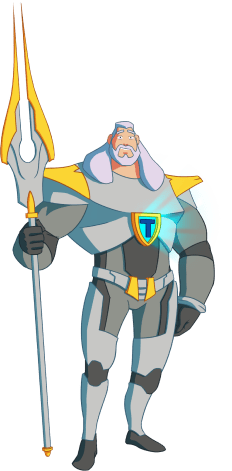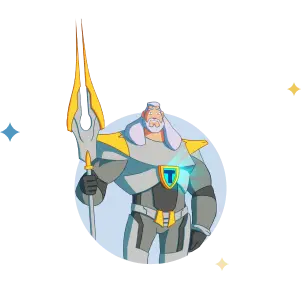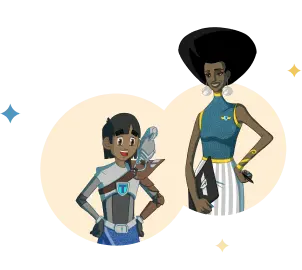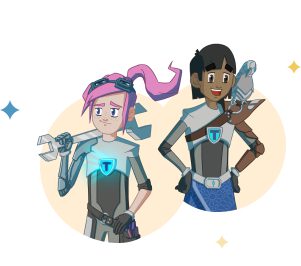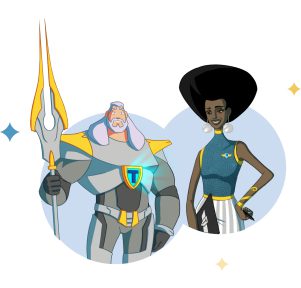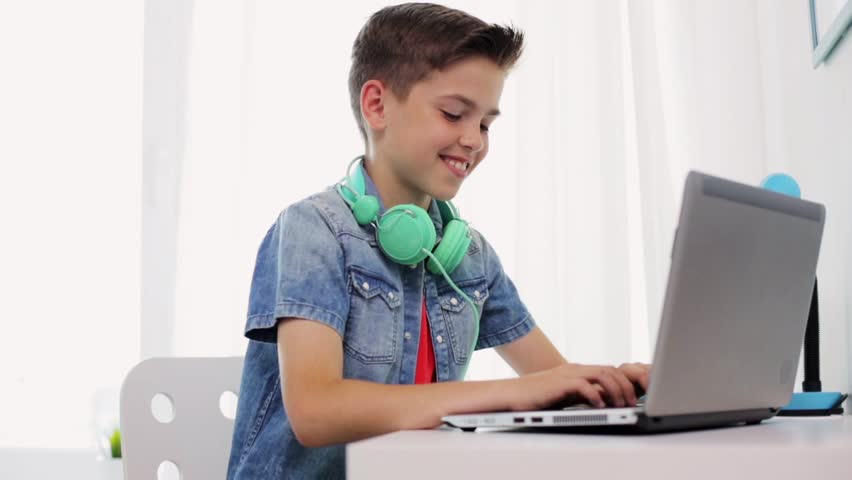
What makes a typing course good? What distinguishes you from other typing courses? These are just a few questions that we at TypeTopia often hear from parents. Of course, children not only learn to type with ten fingers, they are also rewarded in the form of fun and challenging games. Our most important asset? With TypeTopia your child learns to touch type in an adaptive wayWhat exactly is that? Our CEO Romer van Bavel is happy to explain it to you!

Romer van Bavel
Adaptivity has to do with adaptability, in this case of the learning system”., Romer says. “Based on the typing errors, the system sees which exercises are still needed. And the assignments are adjusted accordingly.”
Neighbouring mistakes and mix-ups
Romer and his colleagues distinguish four types of typing errors. “First, there are the neighbouring errors. Then a child hits a letter that is just next to it. He then types the ‘a’ instead of the ‘s’, for example. The second catering is very interesting, then you swap left and right with each other. For example, a child might want to hit the ‘d’ with his left hand, but type the ‘k’ with his right. This is how it works: in order to control your left hand, a signal must come from your right hemisphere. But sometimes that doesn’t work if you go too fast. When a child makes these kinds of mistakes, he or she has to learn to type more calmly.”
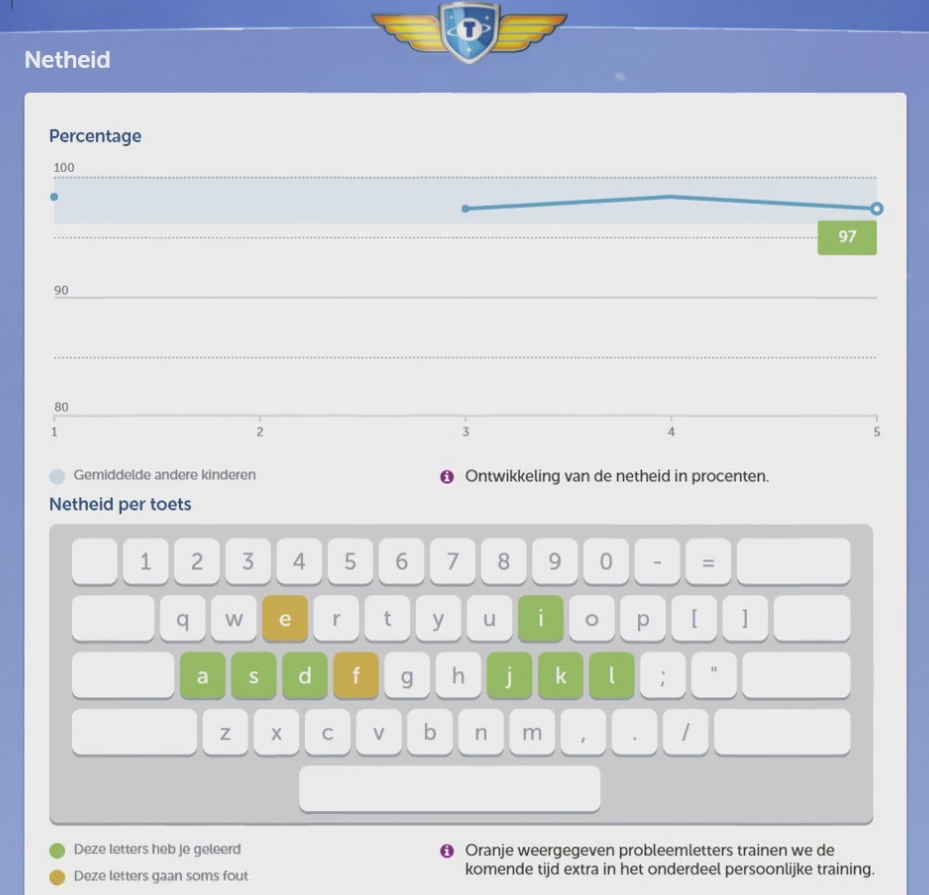
Posture and frequency
Other errors occur as a result of incorrect sitting posture when learning to type with ten fingers, says Romer. “If a child sits too close to the keyboard, his wrists turn inwards. That also causes the necessary typing errors. And for some children it is very difficult to move the little and the ring finger separately from each other. We see that young pianists also learn to type more easily because they have experience with certain key combinations and finger positions. Finally, the less frequently used letters, such as the ‘x’ and ‘q’, sometimes go wrong. These are simply too rare to train much.”
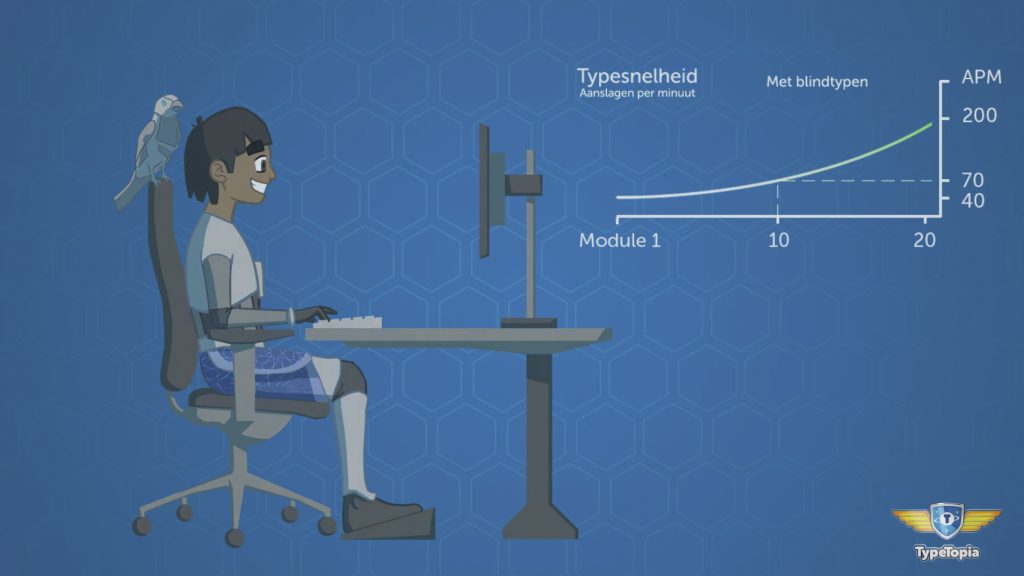
Tailor-made personal training
But recognising the errors alone is not enough. How does TypeTopia ensure that children learn to touch type adaptively? Romer: “The learning system keeps track of which letter the child has to type (the target letter) and which letter is actually hit. This is saved, as it were. At regular intervals, the three letters with the most problems are then presented as an extra exercise. Children then see exercises of two lines with fifty characters, for example, in which these problem letters appear in the word or at the beginning of a word. They can choose this themselves. If they want, they can also practice with another letter. In this way, it becomes a personal training course tailored to each child.”
Fun and challenging games
The daily assignment always includes an exercise in which problem letters are given extra attention. In this way, children not only learn to touch type without looking or fast, but also to type without errors. “A child can be rewarded for this,” says Romer. “That’s why TypeTopia is bursting with fun and exciting games, so that it motivates children to keep playing. That’s also what makes a typing course good. And we see that it works, because the reactions are extremely enthusiastic. I see the results show children improving by leaps and bounds. Typing two or three times as fast is no longer an exception. For me this is the proof that learning to touch type adaptively really works with TypeTopia!
